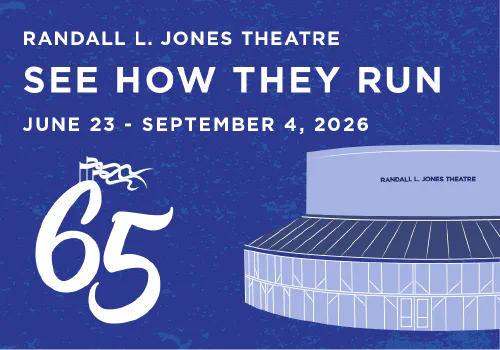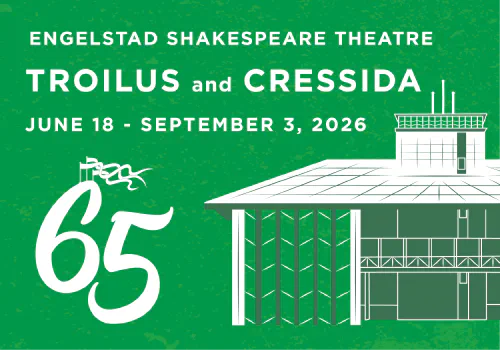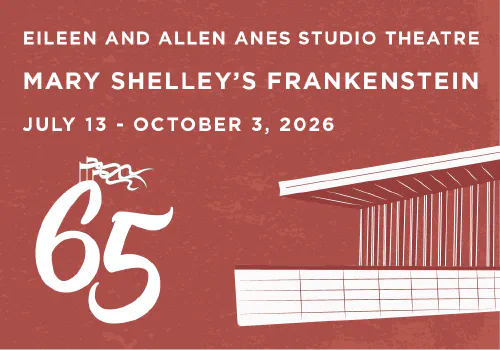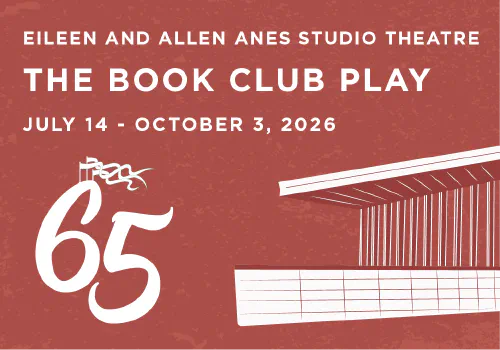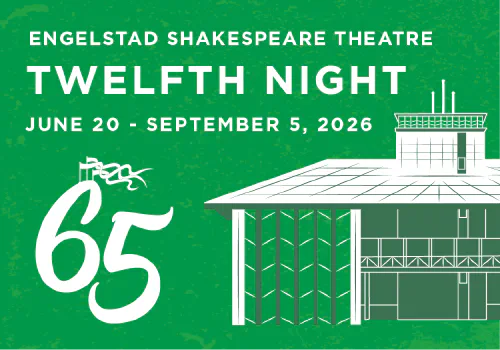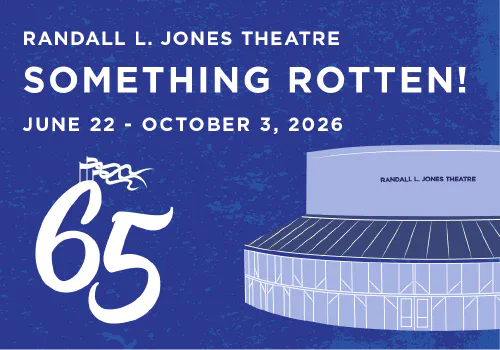By Jerry L. Crawford
The perennial popularity and respect given toDeath of a Salesman are usually and justifiably attributed to the power of the play’s characters and emotive theatricality. Nonetheless, a close look at the dramatic structure at work in the play reveals how expertly Arthur Miller crafted his remarkable classic of the American theatre. This scrutiny can be assisted by the play-writing acronym PASTO, referring to Preparation, Attack, Struggle, Turn, and Outcome.
In*Death of a Salesman,*Willy Loman’s early return from a sales trip and his expressed plight constitute clear, excellent preparatory (P) material. The audience is made aware that Willy, an aging, previously successful salesman and father/husband living in Brooklyn, is lost in confusion and rejection.
Regardless of the economic and social connotations of Willy’s dilemma, the heart of the conflict in the play is struck when Willy asks his wife, Linda, “Why did he [Biff] come home?” The subsequent dialogue and the famous bedroom scene between the brothers (Biff and Hap) clarify that the central conflict of the play goes well beyond an economic or social one. The major dramatic question of the play is attacked (A): “What happened to destroy the love between father and son, and will Biff and Willy find that love again?” Thus, it is structurally clear that Willy is the protagonist or central character, and Biff is the antagonist, albeit one with considerable empathy/sympathy.
The lengthy struggle (S) portion of the play consists of an excellent series of events or complications (constituting “rising action,” that is, action moving the play upward in intensity). These complications contain both expositional information and heightened conflict. The major complications include the revelation of Willy’s infidelity, his bent toward suicide, and Biff’s ill-fated meeting with businessman Oliver.
The turn (T) or major crisis of the play, that event which is so powerful it turns the action toward a climax or resolution, is contained in the firing of Willy by his boss, Howard. That devastating incident renews the struggle (S) portion of the play, now as “falling” action (action moving toward an end). The two major complications in this sequence include the quarrel between Willy and his sons in the restaurant and the crucial “flashback” scene between Biff, Willy, and The Woman in the Boston hotel room.
The play moves to its climax or outcome (O) when Willy’s fragile state of mind moves him to plant his garden at night. The sons return and in the famous “dime a dozen” segment, Willy and Biff spend the remainder of their conflict. Love is established again between the father and his eldest son. This action so exhilarates Willy, he mistakenly turns to suicide as a gesture of restitution.
The denouement or final outcome of the play occurs in the Epilogue or Requiem at Willy’s grave. Linda is grief-stricken, though unburdened; Hap is as lost as ever; only Biff has gained insight into himself, the true gift from Willy. The practical neighbor and good friend, Charley, sums up Willy’s life, and the stirring drama ends.
Perhaps the strongest metaphor used in Death of a Salesman, its “commanding image,” is that of a burning woods a fire which consumes totally, leaving ashes and a void against the sky. Additionally, the play is like a sand foundation washed away by a sea of guilt and spite. Regardless, Biff’s stature at the end of the play may provide the one hope for the future in this devastated family. The excellent use of dramatic structure in Death of a Salesman leads us to this hope.




